A New Time, a New Place

Some years back, it was clear that the Nell Hodgson Woodruff School of Nursing had outgrown the building at 1520 Clifton Road. There were so many students, one faculty member joked, they were stacked to the ceiling.
It was a healthy problem to have, a sign of the school’s record growth in enrollment, degree programs, and research funding.
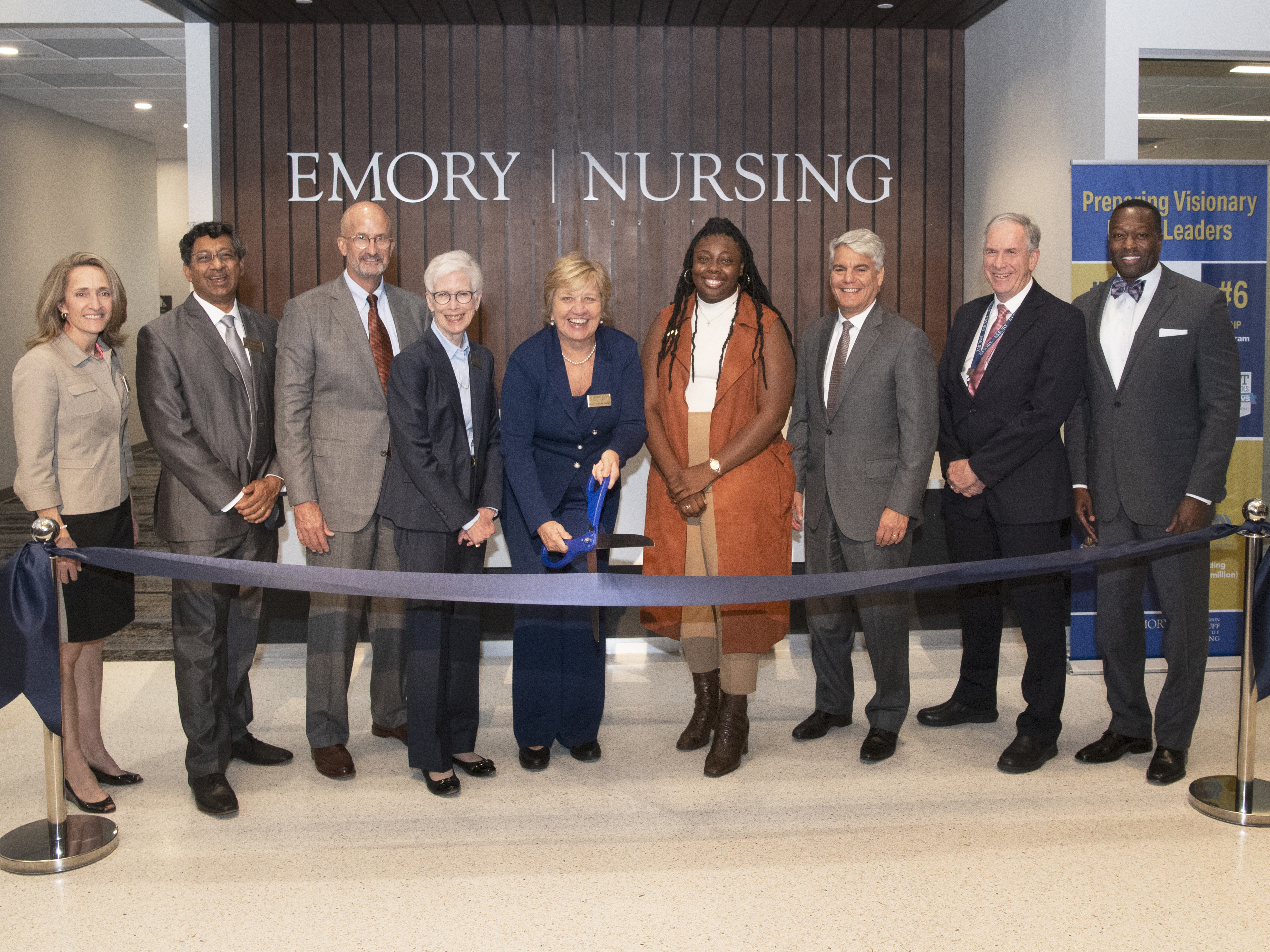
Emory and Decatur officials prepare to cut the ribbon to open the Emory Nursing Learning Center. They include (L-R) Kelly Walsh (Decatur), Ravi Bellamkonda (Emory), John Rice (Emory), Sharon Pappas (Emory Healthcare), Linda McCauley (School of Nursing), Jadaria Thomas (School of Nursing), Greg Fenves (Emory), David Stephens (Emory), and Frankie Atwater (DeKalb Chamber).
“We had become one of the top-ranked nursing schools in the nation,” says Dean Linda McCauley, PhD, RN, FAAN, FRCN. “Yet we had inadequate space for enrollment. We could all feel it.”
To ease the crunch, the school leased space at Emory University Hospital at Wesley Woods (for graduate-level simulation), the Executive Park office complex (for continuing nursing education), and Emory School of Medicine (for DNP nurse anesthesia simulation). The arrangement had its downside. “When you operate at multiple sites, it affects your sense of community,” says McCauley.
She faced a dilemma: How do you build a state-of-the-art facility to better educate nursing students and practicing nurses, all in one place?
People would say to me, ‘When are you going to stop growing?’ I would tell them, ‘When are people going to stop needing more nurses?’
For some time, McCauley and Sharon Pappas, PhD, RN, NEA-BC, FAAN, chief nurse executive for Emory Healthcare, had dreamed of a new interprofessional education building with simulation, clinical skills, and classroom space for nursing, medical, and physical therapy students. The idea had its proponents but never gained the traction needed to move forward. McCauley then looked to renovate existing space somewhere on the Emory campus, but the buildings she considered were either too small or slated for use by other schools and units. So she went back to school.
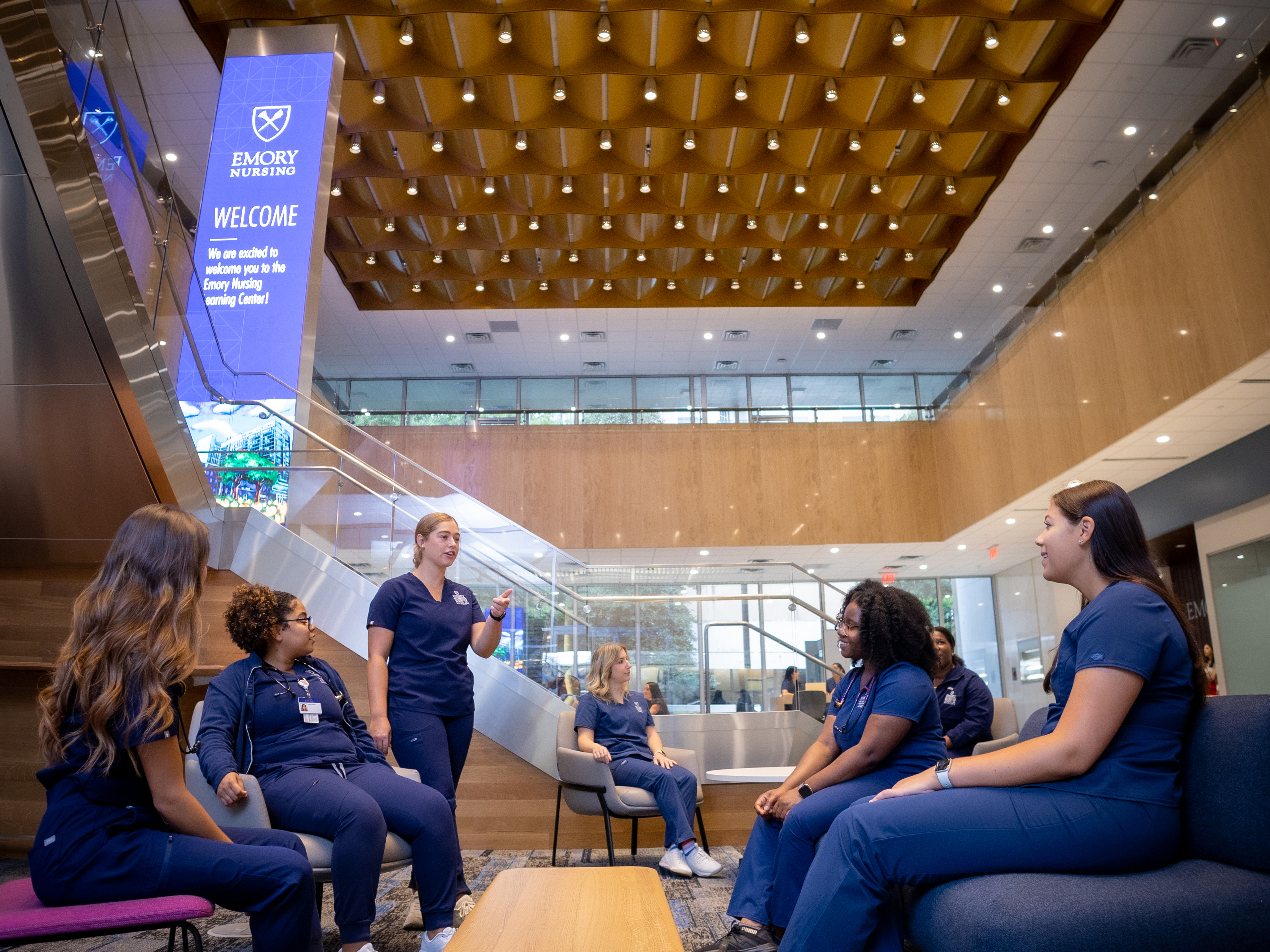
The lobby of the Emory Nursing Learning Center, known as the student commons, is an open, light-filled space intended to make everyone who enters feel welcome.
STEPHEN NOWLAND/EMORY PHOTO VIDEO
HOW TO GET A BUILDING 101
“I began educating myself about how to get a building by drawing more attention to the growth of the school,” McCauley says. “People would say to me, ‘When are you going to stop growing?’ I would tell them, ‘When are people going to stop needing more nurses?’ Then the COVID-19 pandemic showed us why. The School of Nursing now prepares more nurses than any other school in the state of Georgia.”
It also had the resources to invest in the school’s expansion. “We’re able to use our income to invest in the infrastructure that students need for the quality education they’re paying for,” she adds.
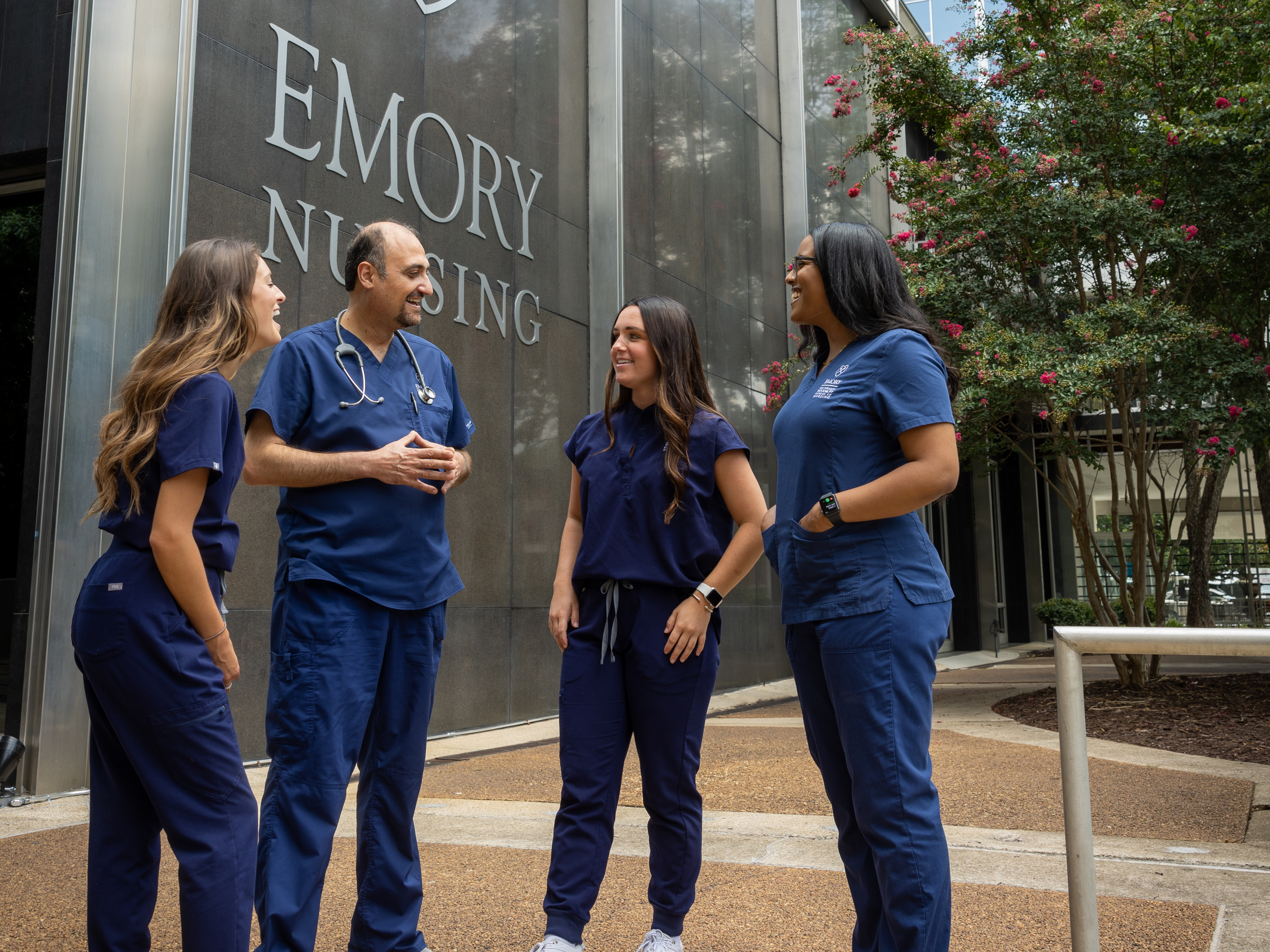
“It was a wreck,” says McCauley of the basement, or terrace level, which still had the original 1962 bank vault. But the terrace, first, second, and fourth floors had plenty of room. In her mind’s eye, McCauley could see a spacious state-of the-art simulation lab for students of all levels, classroom and study space, and an inviting lobby. Students could walk to Decatur restaurants, shops, a hotel, and a rapid rail station nearby.
Less than three years later, the Emory Nursing Learning Center is now open for business. The $20.6 million, 70,000-square-foot center includes high-tech simulation and skills labs, where students learn to care for patients of all ages in hospital, clinic, and home apartment settings. It also offers classrooms, study spaces, a student lounge, faculty touchdown space, a telehealth office, and the Innovation Hub, where students and faculty can develop and test ideas to improve patient care and nursing workflow systems.
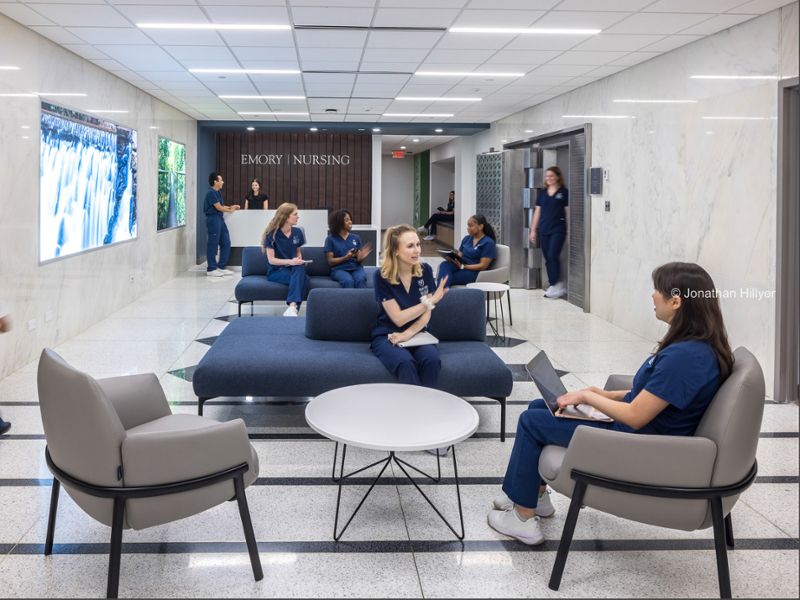
Outside, at the top of 250 East Ponce, “Emory Nursing” stands out in large blue letters. The signage reflects the ties the School of Nursing and Emory Healthcare Nursing share around education, clinical practice, and research.
Pappas and other Emory Healthcare nurses helped conceive the design and build-out of simulation and other spaces at the learning center. Currently, she is looking to fill 1,000 nursing positions across the Emory Healthcare system. Many were held by nurses who were impacted by the COVID-19 pandemic. The learning center can provide students with the clinical and leadership skills that Pappas and her staff look for when hiring nurses to fill those vacancies.
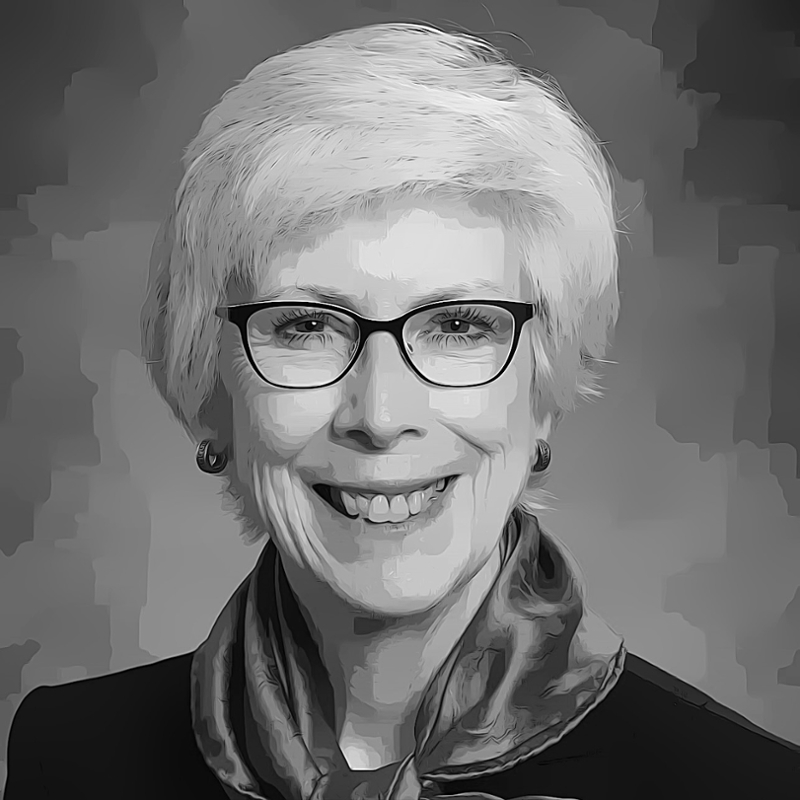
"The technology and distance learning capability of the Emory Nursing Learning Center is tremendous."
SHARON PAPPAS, PHD, RN, NEA-BC, FAAN
Recently, Emory Clinic became the fifth Emory Healthcare entity to achieve Magnet status, the national gold standard for nursing excellence. One requirement for designation is that nurses have opportunities to learn and grow professionally. The Emory Nursing Experience makes professional development easily accessible for the 8,000 nurses who work for the health system.
“The technology and distance learning capability of the Emory Nursing Learning Center is tremendous,” says Pappas. “Instead of putting nurses on the road to come to class or grand rounds, we’re able to deliver education to them.”
A CASE STUDY IN CRITICAL THINKING
In many respects, the Emory Nursing Learning Center embodies how nurses use their critical thinking skills to solve problems collaboratively. When the learning center was an empty shell, McCauley sought input from faculty, staff, and students on how to use the space.
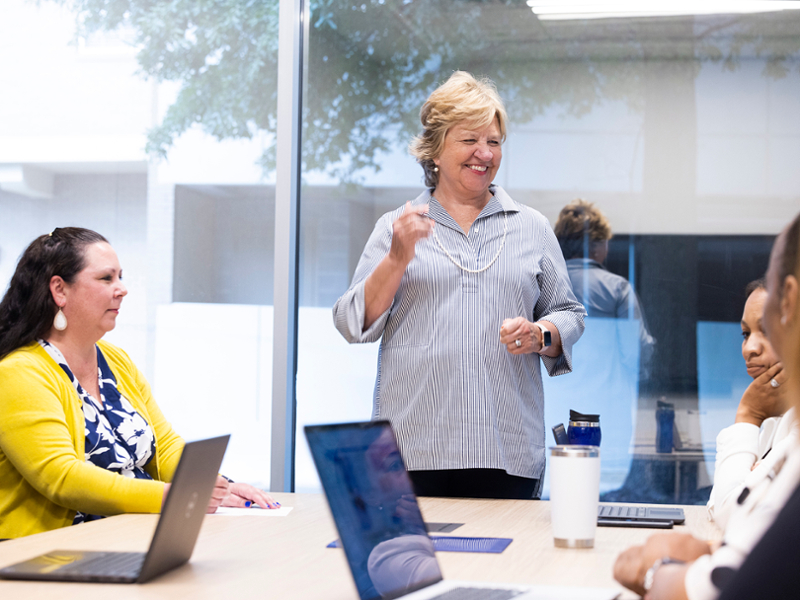
Linda McCauley leads a meeting in the conference room named in her honor at the Emory Nursing Learning Center.
John Coffin, an Atlanta businessman, has known McCauley for more than 10 years. Their friendship led him to serve on the Dean’s Advisory Board, whose members counsel McCauley on strategic initiatives such as the learning center.
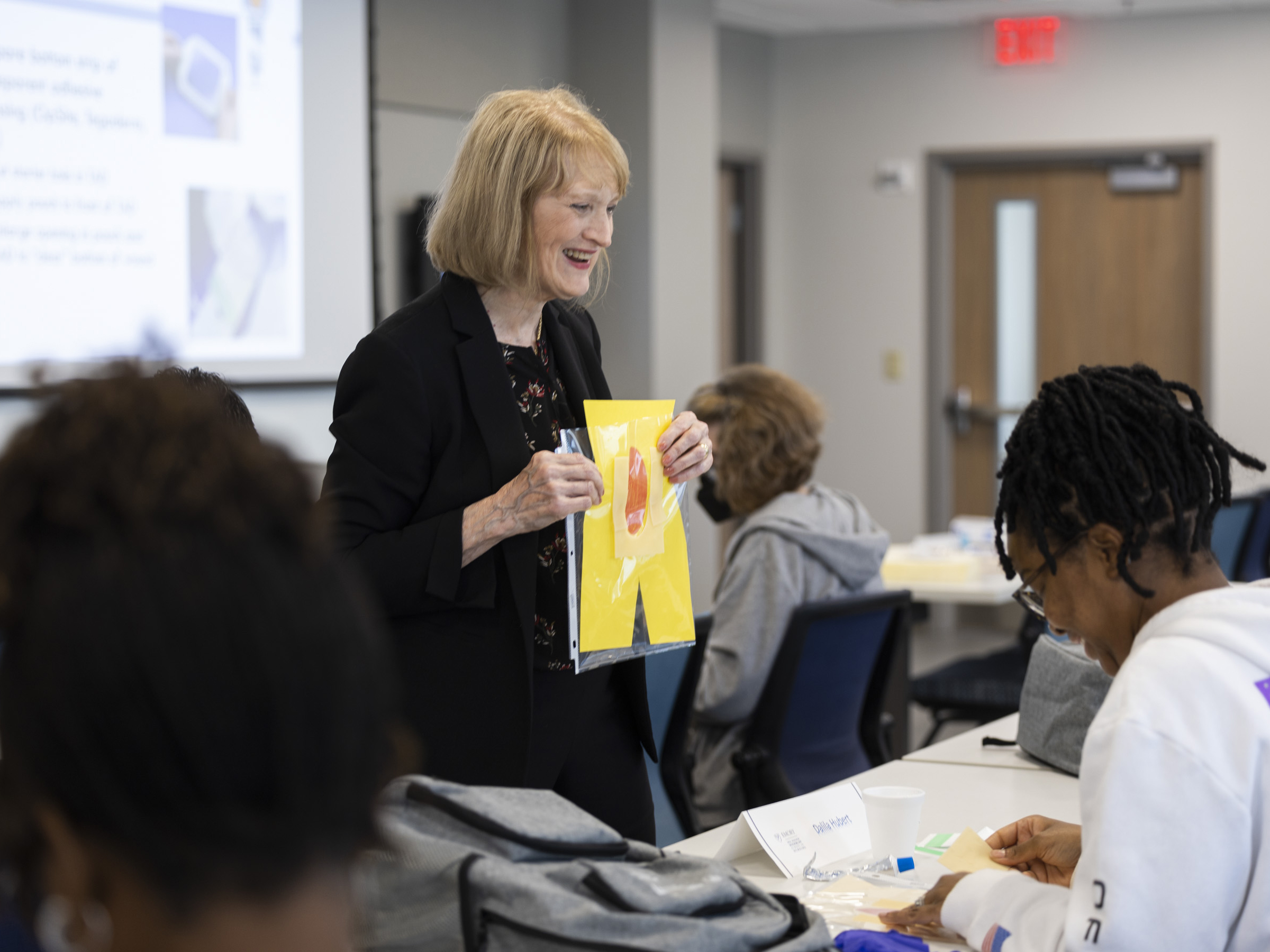
Faculty member Dorothy Doughty leads a professional development course in the Emory Nursing Experience.
In a show of support, the advisory board, the School of Nursing’s leadership team, and local business partners made a naming gift to honor the dean for her visionary leadership. The McCauley Conference Room is located on the lobby level, where students, faculty, Emory Healthcare nurses, and visitors now come and go daily.
“It’s right in the center of the action,” says Coffin. “The McCauley Conference Room is a testament to Linda’s passion and care for Emory nursing students and her colleagues.”








